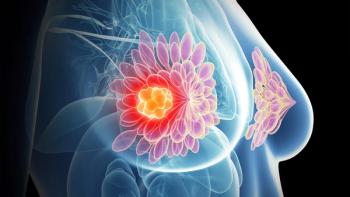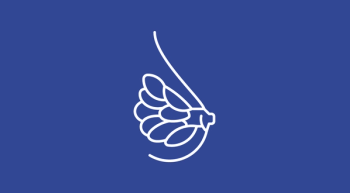
Survey Examines What's Driving Patient Decisions to Use Complementary Therapies
Complementary and alternative therapies like yoga and acupuncture are becoming more popular among cancer patients and survivors to help ease symptoms like pain, fatigue, and distress, but what drives-and deters-the use of these integrative therapies is not well understood.
Jun Mao, MD, MSCE
Complementary and alternative medicine (CAM) therapies like yoga and acupuncture are becoming more popular among cancer patients and survivors to help ease symptoms like pain, fatigue, and distress, but what drives—and deters—the use of these integrative therapies is not well understood.
To help answer this question, researchers at the University of Pennsylvania’s Abramson Cancer Center (ACC) surveyed nearly 1000 patients receiving treatment at the cancer center and found that patients’ expectation of therapeutic benefits from CAM, the opinions of their physician and family members, as well as perceived barriers to obtaining the services, were more likely to affect patients’ use of CAM than their clinical and demographic characteristics.
“By aligning with patients’ expectations, removing unnecessary barriers, such as cost and access, and engaging patients’ social and support networks, we can develop patient-centered clinical programs that better serve diverse groups of cancer patients regardless of sex, race, and education levels,” first author Joshua Bauml, MD, an assistant professor in the division of Hematology/Oncology at the Perelman School of Medicine at Penn, said in a statement.
Researchers used a Penn-developed survey instrument, the Theory of Planned Behavior, to measure attitudes and beliefs about CAM (ABCAM) among 969 patients receiving care in the thoracic, breast, and GI medical oncology clinics at ACC between June 2010 and September 2011. Demographic and clinical characteristics were captured through self-report and chart abstraction.
They found that patients who were 65 years of age or younger, women, and those who had a college education tended to expect greater benefits from CAM. Nonwhite patients reported more perceived barriers to the use of CAM compared with their white counterparts, but their expectations concerning CAM’s benefits were similar.
The researchers reported that all domains of the ABCAM were significantly associated with CAM use (P <.01), across all patient groups, and these attitudes and beliefs explained more variance in use of integrative approaches than demographic and clinical variables on their own.
With more than 60% of cancer patients using CAM following their diagnoses, many academic and community cancer centers are trying to incorporate CAM into their cancer care, Jun Mao, MD, MSCE, noted in a statement. Mao is an associate professor of Family Medicine and Community Health at Perelman and the study’s senior author.
“We found that specific attitudes and beliefs—such as expectation of therapeutic benefits, patient-perceived barriers regarding cost and access, and opinions of patients’ physician and family members—may predict patients’ use of complementary and alternative medicine following cancer diagnoses,” Mao continued.
“We also found that these beliefs and attitudes varied by key sociodemographic factors such as sex, race, and education, which highlights the need for a more individualized approach when clinically integrating complementary and alternative medicine into conventional cancer care.”
The researchers hope that the findings may help providers to design more patient-centered programs to remove barriers to CAM and noted that this is the first study to quantify the beliefs and attitudes about CAM in cancer patients involving various tumor types beyond breast cancer.
Bauml JM, Chokshi S, Schapira M, et al. Do attitudes and beliefs regarding complementary and alternative medicine impact its use among patients with cancer? A cross-sectional survey [published online ahead of print May 26, 2015]. Cancer.
Newsletter
Knowledge is power. Don’t miss the most recent breakthroughs in cancer care.













































































